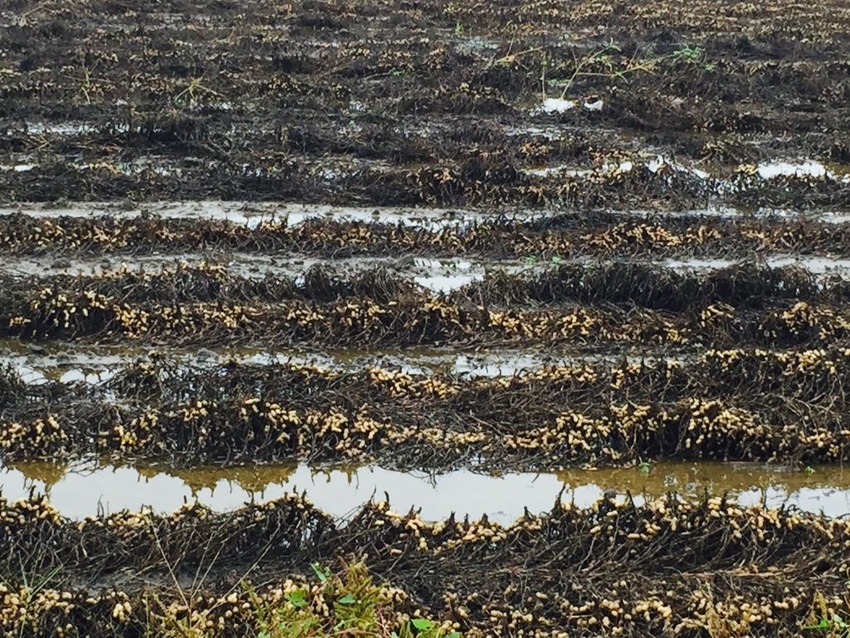October 6, 2015

With South Carolina's crop harvests already down by 50 percent because of a withering summer drought, this past weekend’s historic rainfall has made an already-bad situation even worse in South Carolina.
David DeWitt, Clemson Extension’s area row crop agent for Lee, Sumter and Kershaw counties, guesses that the massive storm will worsen harvests by another 20 percent. This means that 2015’s harvests will be about 30 percent of what they were in 2014.
“It looked bad before,” Dewitt said. “It looks awful now. Many areas in the state had already had 4-5 inches of rain the week before this storm even hit, so the ground was already wet. And then, 10, 15, even 20 inches of rain falls in such a short period of time? There’s nowhere for the water to go.”
DeWitt said that the quality and quantity of cotton and peanuts — two of South Carolina’s most lucrative cash crops — will be adversely affected.
“The cotton is soaking wet, which encourages mold and mildew to develop,” DeWitt said. “And peanuts, well, they grow in the ground, which is saturated. There’s no way around it. There’s going to be a lot more damage to crops that were already brutalized by the summer-long drought.”
DeWitt said that soy beans and grain sorghum might suffer less damage than cotton and peanuts, but even these crops will be affected. And complicating matters further, the wet, muddy ground will delay harvests in many areas of the state.
“Cotton pickers are notorious for getting stuck,” DeWitt said. “And the new harvesters are very heavy. Until the soil dries out, it will be next to impossible to harvest some of these crops. So farmers should not be in too big of a rush. They should wait for some sunny days to dry things out.”
You May Also Like




